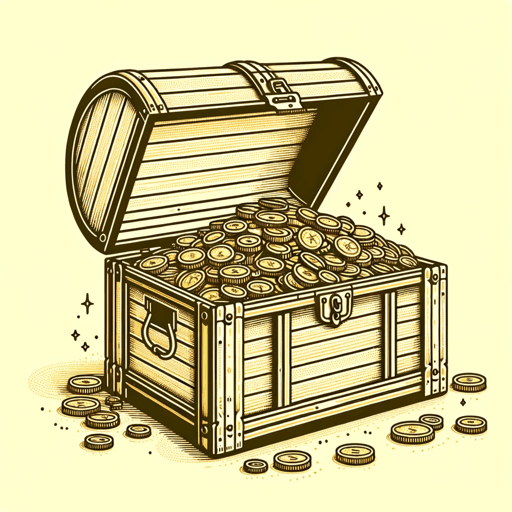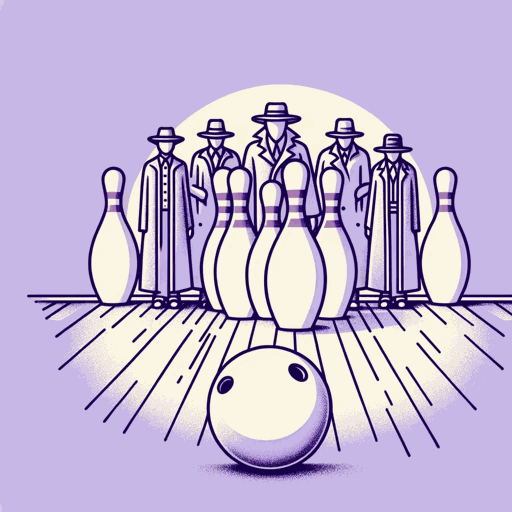23 pages • 46 minutes read
Washington IrvingThe Devil And Tom Walker
Fiction | Short Story | Adult | Published in 1824A modern alternative to SparkNotes and CliffsNotes, SuperSummary offers high-quality Study Guides with detailed chapter summaries and analysis of major themes, characters, and more.
Symbols & Motifs
The Walkers’s House
The house in which Tom and his wife live is “forlorn-looking” and isolated, with an “air of starvation” (221). Indeed, a starving horse stalks around the property and seems to “petition deliverance from this land of famine” (221). Like the horse, the “straggling savin-trees” growing near Tom and his wife’s house serve as symbols of the barrenness of their existence. The trees are “emblems of sterility” (221), which could refer both to the couple’s childlessness and to their lack of moral growth. The savin is a twisted-trunk tree with a particularly wild appearance, fitting the grotesque situation of the Walkers.
The Walkers’s property paints a picture of the moral degradation that characterizes their lives. The images of decay, hunger, and loneliness show that an evil life cuts one off from humanity and does not satisfy the soul.
Rotting Trees
The story also uses trees as a moral symbol during the first meeting of Tom and Old Scratch. Old Scratch is felling timber for firewood and draws Tom’s attention to a particular tree, one that is “fair and flourishing without” but “rotten at the core” (223). Tom sees the name of Deacon Peabody, a local religious leader, carved on this tree; further, the names of many other respected citizens are carved on other trees, all of which are in the process of being chopped down.
Related Titles
By Washington Irving
Featured Collections
Allegories of Modern Life
View Collection
American Literature
View Collection
Books About Art
View Collection
Books on U.S. History
View Collection
Colonial America
View Collection
Colonialism & Postcolonialism
View Collection
Good & Evil
View Collection
Religion & Spirituality
View Collection



